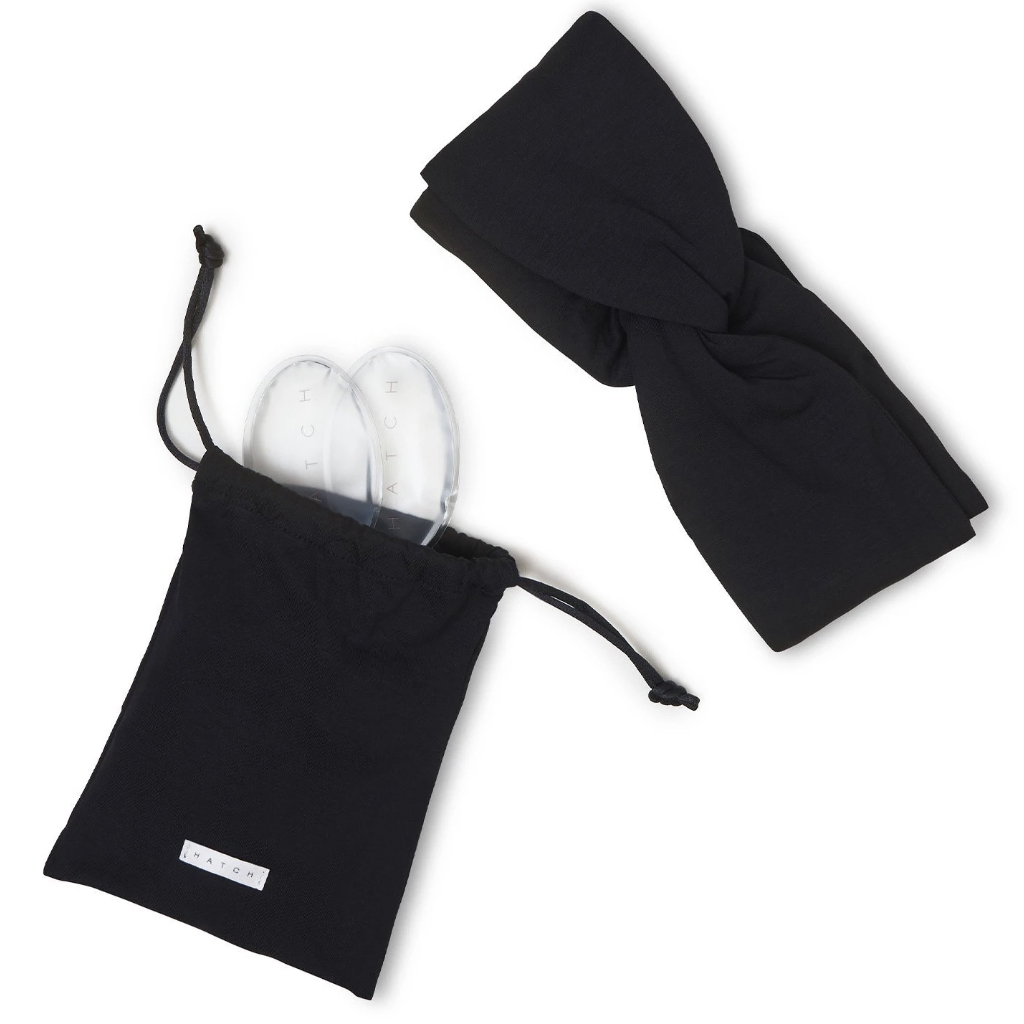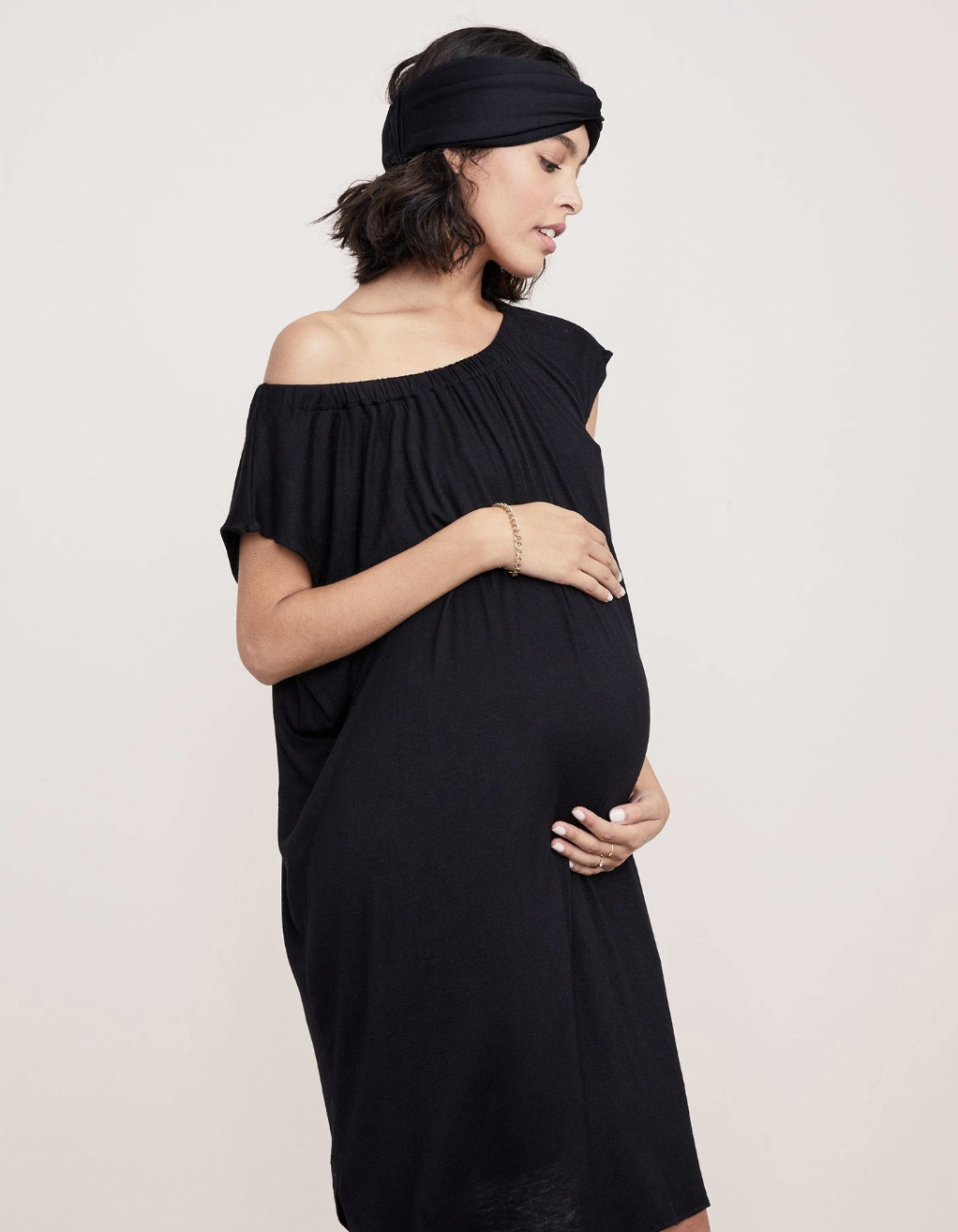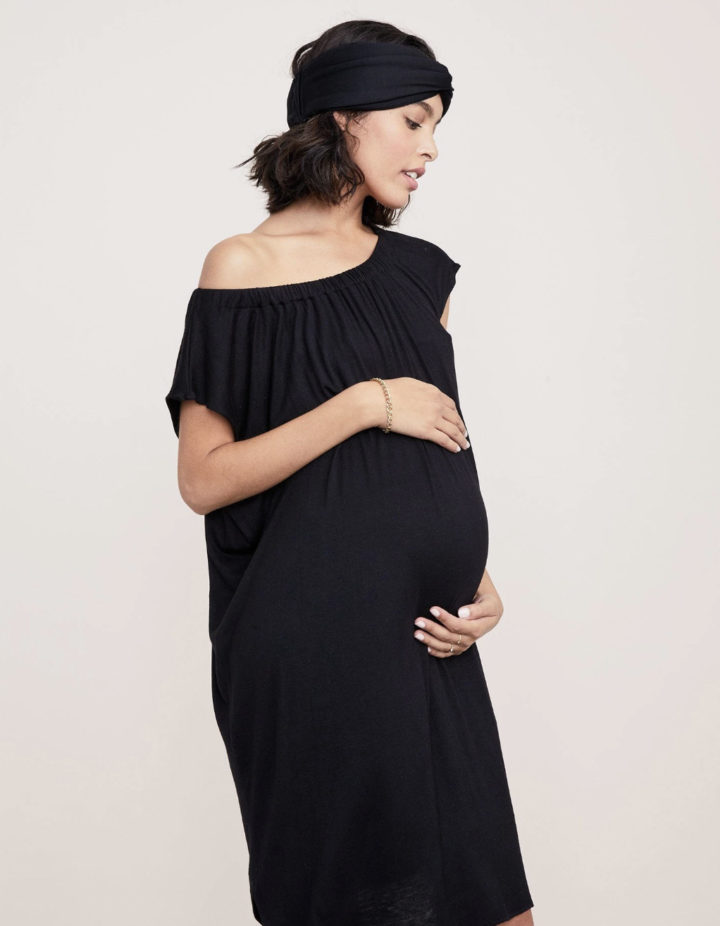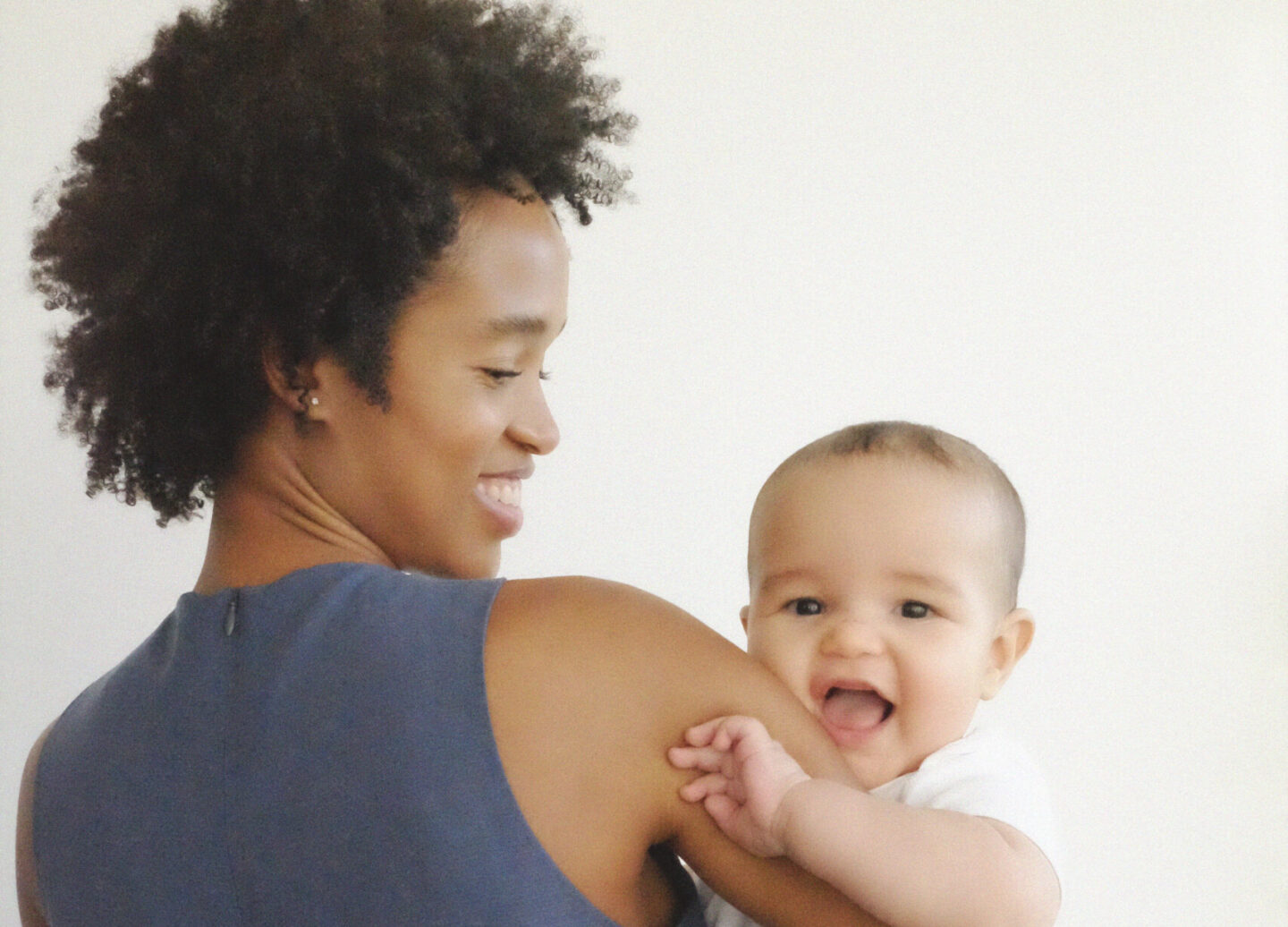Epidural headaches are a rare phenomenon that can affect women during labor. Like most pregnancy symptoms, they’re a result of the rapid hormonal changes in your body as your baby grows, particularly in the first trimester.
According to Web MED, during a spinal tap, a needle is placed within the fluid-filled space that surrounds your spinal cord. This creates a passage for the spinal fluid to leak out, which changes the fluid pressure around your brain and spinal cord. If enough of the fluid leaks out, you may get a spinal headache.
The good news is that because spinal needles have improved over the years, spinal headaches post spinal tap are rare. The odds are usually low after an epidural, too.
If you do have a headache post-epidural, and it’s not going away, contact your healthcare provider. The may recommend the following.
- Hydration, which can help raise cerebral spinal fluid (CSF) pressure, most often administered through an IV.
- Caffeine: The doctor might tell you to drink some coffee or tea.
- Bed rest: You may have to take it easy for 24-48 hours.
- Medication: If other methods don’t work, your doctor could try drugs like gabapentin, hydrocortisone, or theophylline.
- Blood patch: If you get a spinal headache after a procedure, the anesthesiologist can create a patch with your blood to seal the leak. To put the blood patch in place, they’ll place a needle right next to the area where the anesthetic was injected. Next, they’ll take a small amount of your blood and inject it into the epidural space. The blood clots and seals the hole that caused the leak.
Just remember that like pregnancy, you’ve got a lot going on after you give birth. Headaches could be a result of exhaustion, hormones and medications delivered during labor. Fortunately, our friends over at HATCH have come to the rescue yet again with the new Head Peace, a cooling and compression wrap that offers fast relief from hormonal and good old-fashioned headaches alike. Designed with comfort and style in mind (hello, super soft jersey fabric) so you can take care of yourself and look good doing it, pregnant or not.
How to Use the HATCH Head Peace
Cool It
Refrigerate gel pads for one hour or freeze for 30 minutes. We even went ahead and included an extra set for continuous relief.
Pack It
Place gel pads into the wrap’s internal pockets.
Place It
Wrap it around your head, placing the gel packs over your temples, where headaches start.
Style It
Look in the mirror, realize how cute you look, take a selfie.
Like we said, if something doesn’t feel right, call your medical provider. “Headaches can be a sign that something is amiss and is always worth reporting,” Sam Huggins, a doula, says. “For more persistent hormonal migraines, they might encourage using over the counter or prescription medication.”

Tips To Soothe Pregnancy Headaches
Epidural headaches are indeed a real phenomenon that can affect pregnant women and new mothers. But let’s also address the elephant in the room — headaches are not uncommon during pregnancy in general, from the first trimester to labor and delivery.
The hormonal roller-coaster your body goes through, along with the physical and emotional stress, can give rise to varying types of headaches. The good news? There are ways to soothe these niggling discomforts.
Here are a few tips and tricks to help you manage both regular pregnancy headaches and epidural headaches in the delivery room:
Stay Hydrated
Hydration is key. It’s not just for healthy skin and digestion — maintaining good hydration levels can also aid in pain relief by helping regulate the cerebrospinal fluid (CSF) pressure in your body. This is particularly important if you’ve had an epidural and you’re experiencing what’s known as a post-dural puncture headache (PDPH).
Such a headache occurs when fluid leaks from the dura, the outermost layer of the spinal cord, following an accidental dural puncture during the epidural procedure. The best advice here? Sip water throughout the day, and remember that hydration can also come from fruits, vegetables, and clear broths.
Listen to Your Body
Back pain or backache, neck pain, and severe headache post-epidural could be signs of CSF leakage into the epidural space. While it’s a rare complication, it does need attention.
If the severe headache persists or you’re experiencing other side effects, such as tinnitus (ringing in the ears), double vision, or photophobia (sensitivity to light), call your healthcare provider. After you’re discharged, they may suggest bed rest or a follow-up procedure known as an epidural blood patch.
In this procedure, your anesthesiologist injects a small amount of your own blood into the epidural space near the puncture site, which can seal the leak and alleviate the headache symptoms.
Pain Relief
With your healthcare provider’s approval, over-the-counter pain relievers like acetaminophen or ibuprofen can help alleviate headaches and lower back pain. These analgesics have been used safely for years by pregnant and nursing women.
Remember, it’s important to follow the recommended dosage, and it’s always a good idea to consult your doctor or healthcare provider before starting any new medication.
Proper Posture
Good posture can help reduce backache and other types of headaches. Whether you’re sitting or standing, maintaining a straight spine can make a world of difference. A lumbar puncture or epidural injection might cause discomfort in your lower back, so be mindful of your posture in the days following the procedure.
Take It Easy
Following an epidural, rest is crucial. It’s not just about lying in bed, though. Mindful activities, such as gentle walks or practicing relaxation techniques, can be beneficial for your overall well-being and provide some much-needed headache relief.
A Final Word
While epidural headaches are rare, they can occur during labor due to hormonal changes in your body. If you experience a headache post-epidural that persists, it’s important to reach out to your healthcare provider for guidance and support. And don’t forget to check out our amazing Head Peace! It’s not just a wrap — it’s a comforting hug for your head, designed with love and style in mind.
Soothe those headaches and embrace the beauty of motherhood with Babe by Hatch, your trusted companion for pregnancy, motherhood, and beyond. You’ve got this!
Sources:




